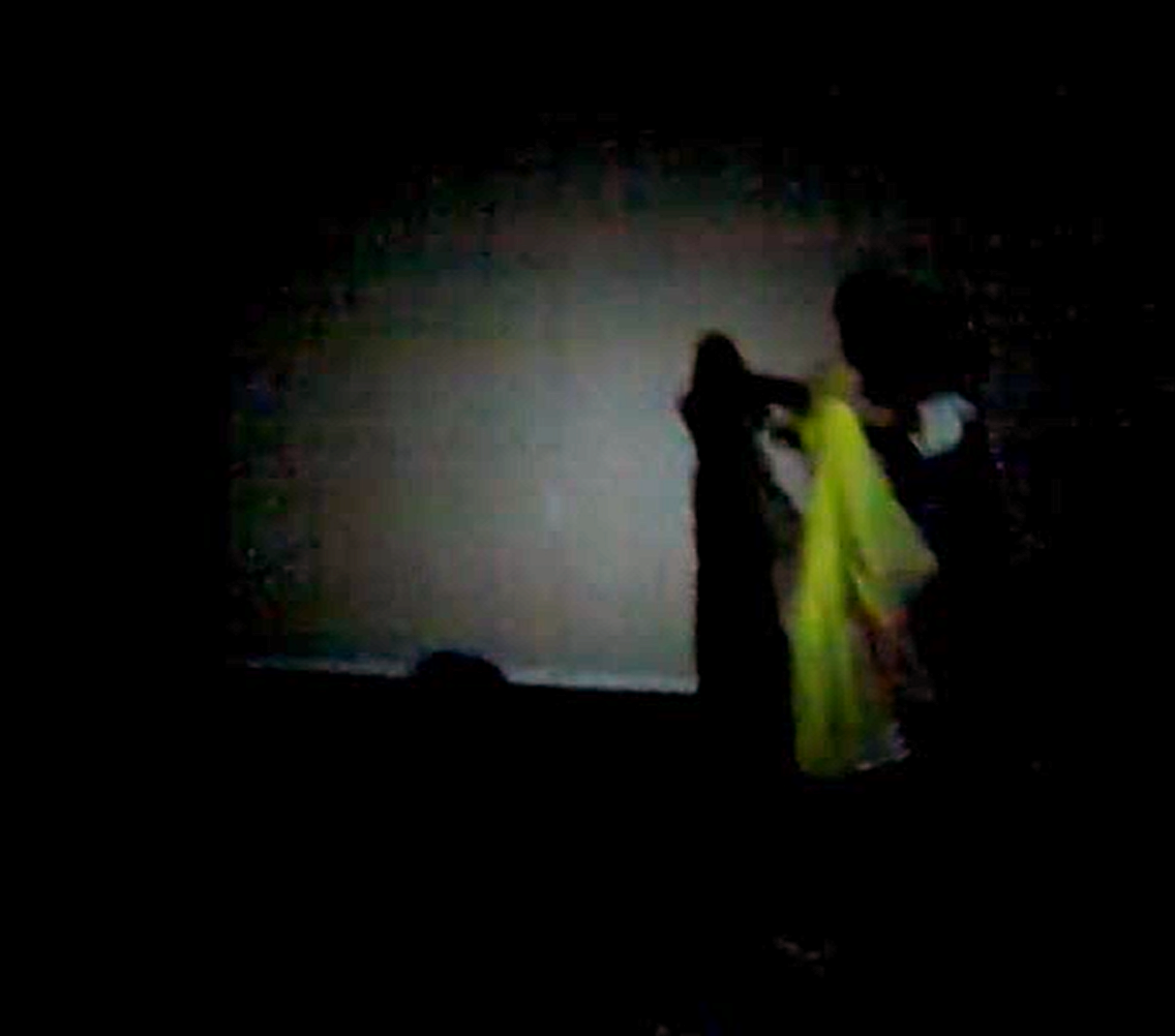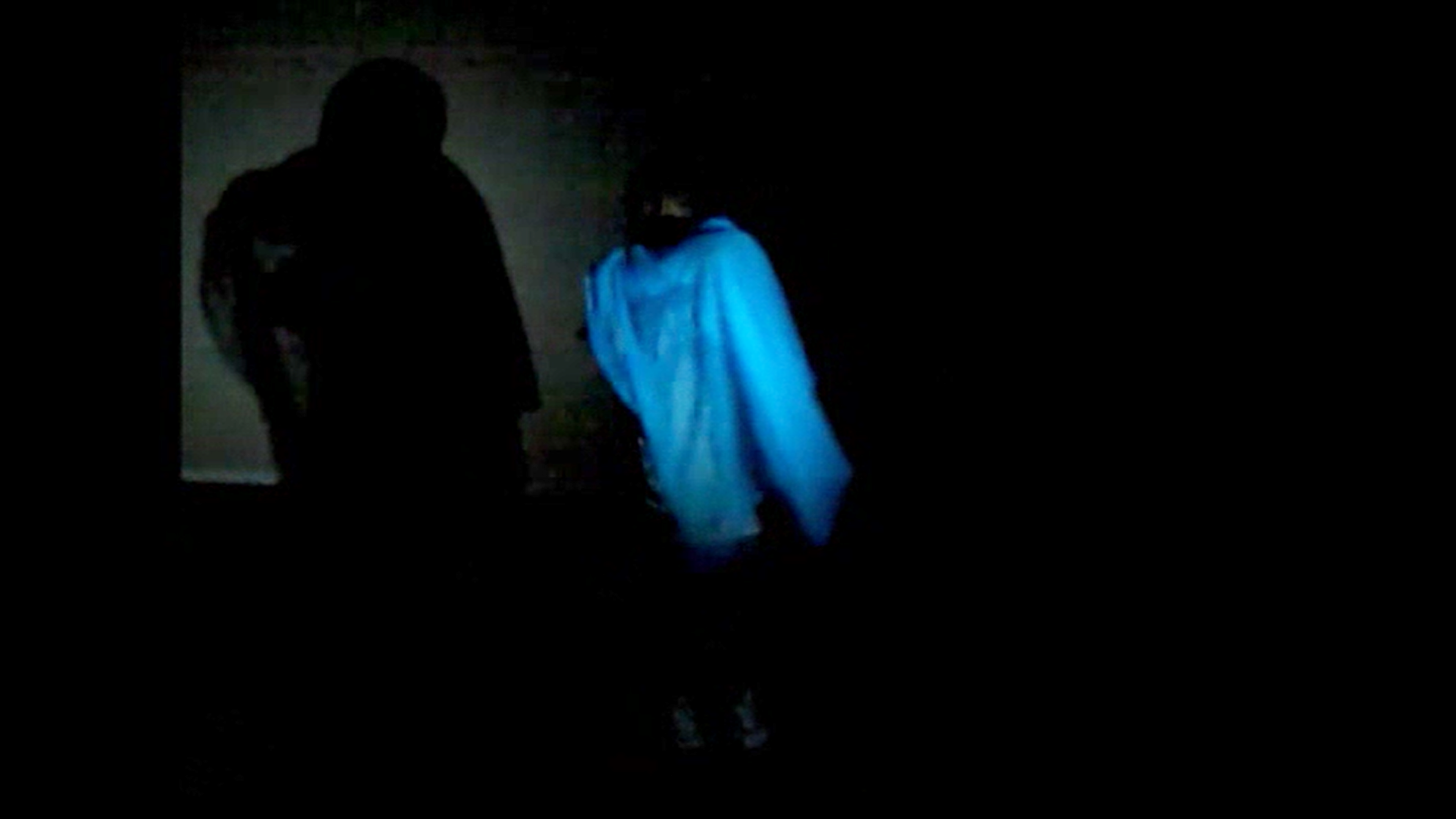
The Shadow Dance is an intervention that I accidentally discovered one day when I was leading a dance/movement therapy session.
No one ever mentioned this technique during my training and I never read about it in the literature. It’s not something I meant to do, it just happened.
Learn how you can release past trauma, break unhealthy patterns, and finally let LOVE in with my FREE Rewired For Love training.
It all took place in a session I ran for behaviorally challenged preschoolers. I struggled a lot with this particular group, so I asked my supervisor what to do. He suggested that I help these kids feel more of a spotlight. They needed a lot of attention. So, why not shine a flashlight on them? “Let’s make this spotlight shine!” I thought.
I had the children take turns dancing in the middle of our circle as I shined the light on each of them. Honestly, I don’t even think they noticed the light. I thought, “Alright, well there goes that.” But then, I had a brilliant idea to turn the lights off– that would definitely intensify the light.
That’s when the Shadow Dance was born.

The kids immediately noticed each other’s shadows on the wall. They noticed each other in a way they haven’t before. They noticed themselves. I decided to run with this.
I instructed the children to take a seat on the floor against the back wall. I called each child one at a time to be the shadow at the front wall. I stood stationary at the back wall too, but I shined the spotlight on them from across the room.
My one rule is that they had to stand ahead of me. They could come closer towards the light or go as far away as possible. They could move to the right and left. But they could not come behind me, unless they wanted to finish their turn early and take a seat.
I encouraged each child to look at his/her shadow in front of them. As I brought this intervention to classrooms with children on the autism spectrum, I needed to support their self-discovery a lot more. Sometimes all they needed was a simple verbal directive. Other kids needed my physical support to turn their bodies towards the shadow. Much fewer individuals didn’t seem to be interested at all and never reached this level of self-awareness.
Nevertheless, I quickly realized how perfect this intervention was for the majority of the children I treated. They had the chance to grab the spotlight without the threat of being too seen because the lights were off. We could only see their silhouettes. This was an ideal situation for them to express deep wishes, fears, and inner conflicts.

The more I tried this technique, the more I discovered what was so therapeutic about it. I really hesitate to even say that “I” discovered it. The kids came up with such amazing imagery. It all stemmed from their own creative expression.
My responsibility was to reinforce the power of the process. I reflected their expressions through my voice. I mirrored their sounds and I narrated the changes they made with their bodies. I helped them become connected to larger emotional themes in their lives.
Here are 3 major themes that emerged from the Shadow Dance:
1. Power
The kids explored their power and strength in so many ways. The closer they came to my flashlight, the bigger their shadow appeared on the wall. Many kids would back up closer to my light, watching themselves grow bigger and make an animal sounds, like “RAWWRR!”
They often alternated between being big and strong and then returned to their “regular” size. I noticed that they were fascinated with watching themselves grow and shrink. I wondered if some of them felt scared about the possibility of having so much power.
Maybe they felt conflicted about getting older and becoming bigger. Sure, it’s nice to become more powerful but would getting older mean that their caregivers wouldn’t baby them as much? For many kids, that was already happening and it was a huge disappointment.
They manipulated their size in other ways, too. Some children brought their arms over their heads and spread their fingers wide, like an animal about to attack. Some of them simply flexed their muscles!
When the group was safe enough to allow shadow dancing in pairs, the kids explored their power against each other. Some watched their bodies become bigger than their partners. They pretend-fought with their bodies or imaginary weapons and simulated attacks on each other. It was a safe way to express their aggression and need to be powerful.
2. Identity
Exploring their reflections naturally brought up themes of identity. Some of them noticed their appearance, size, and movements for the very first time. Especially the children on the spectrum. Even with plenty of mirrors around the school, not all of them were motivated to look at themselves like we tend to. In my individual work with autistic children, I often tried to include a mirror, but it’s like they didn’t even see themselves. Something about the shadow changed that. There was mystery in the silhouette and once they realized that they’re the mystery, they seemed inclined to explore themselves.
In my experiences of witnessing them, I’ve thought, “Who am I?” Some of them touched their shadow by reaching out their hands to meet their own hands’ shadows. Some explored movements that they’ve often tried in previous movement sessions. Others surprised me by trying on completely new movements. When I witnessed the latter situation, the question “Who can I be?” often came up for me. I saw the exploration of identity all unfolding in the shadow.
3. Empathy
When one or two people had the spotlight, everyone else observed from the other side of the room. The observation piece seemed just as important as the doing, maybe even more depending on the individual. Even though they weren’t actively participating in the shadow dance, the kids had front row seats to somebody else’s self-discovery. There were often many “oooh’s” and “ahhh’s.”
They were interested in each other in a positive way and that was a huge deal for them. They often mirrored the sounds and movements of the person exploring his/her shadow. They saw each other.
It didn’t always happen this way. Sometimes the group just wasn’t available to see each other even through this very enticing intervention.
You’ll know when the group is ready to connect. They’ll take turns with minimal protest and observe each other closely. They’ll enthusiastically explore their shadow dances in twos, threes, and more.
One of my absolute favorite things I did with the shadow dance was connecting the entire group together by holding hands or linking arms. Then I shined my flashlight on them all so they saw a reflection of the entire group in connection. This was so powerful!!!
It felt amazing to see them be a part of a bigger whole. The silhouette of the shadow pronounced this idea of, “we’re all going through this together” vs. focusing on each person’s physical differences.
I imagine the Shadow Dance would be really powerful for us to try for our own mental health.
What do you think? What kind of themes might emerge from your dancing silhouette?
Try it out! Get a flashlight, place it in the back of a room, point it towards the front of the room, and go explore!

If you’d like support to explore this with a trusty dance/movement therapist, check out how we can work together!

Love this! I would totally like to try this in a workshop format to see my own self-expression in the form of shadows. Great discovery! So much depth to this concept.
If we ever have the pleasure of meeting in this way, I would love to hold that space for you! 🙂 Thank you, Leah!
I love this Orit. There is so much potential to doing this with adults. Have you thought of doing something online so we could enjoy it wherever we are in the world?
Thanks Karen! Yes I absolutely have and I’m in the midst of creating these online experiences through video conferencing! Would you be interested in joining?